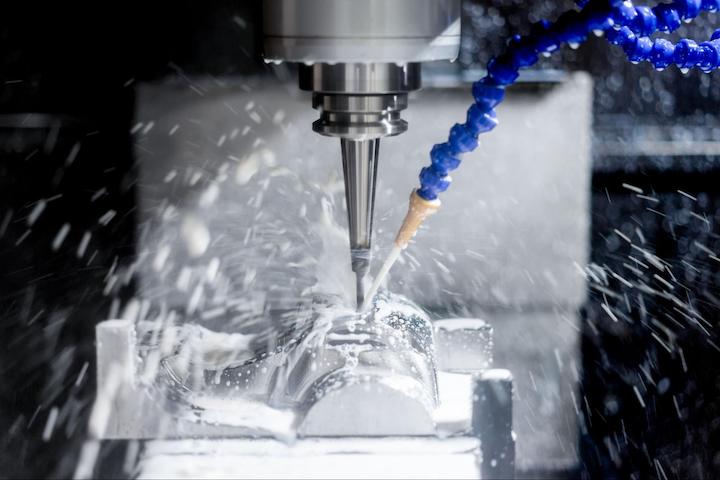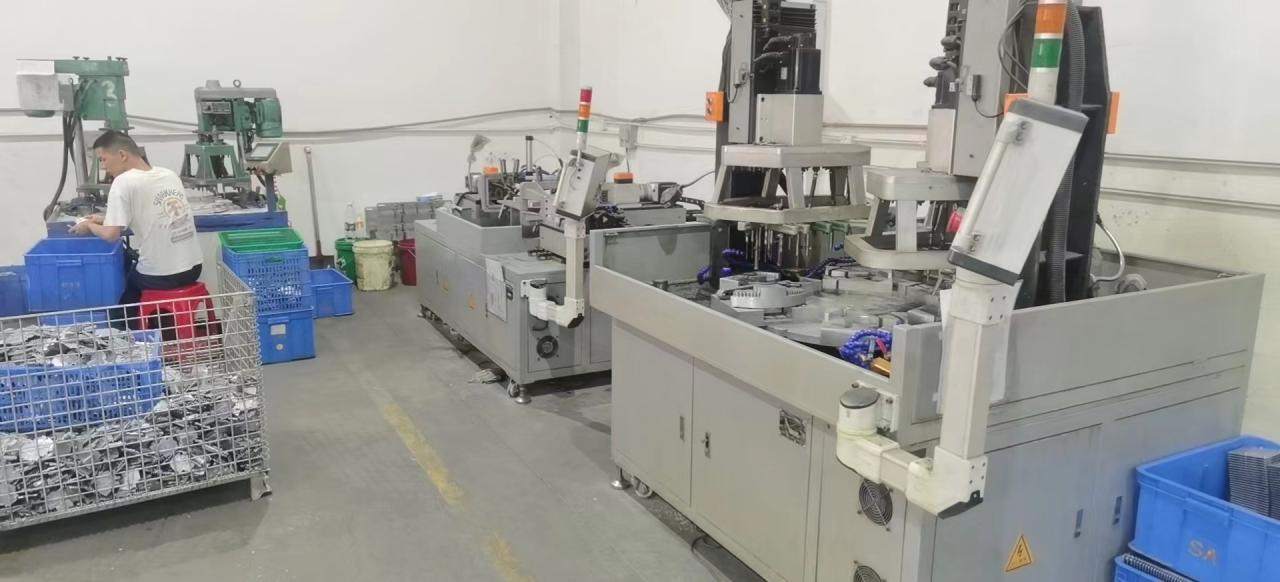What is a CNC Machine?
Producing complex parts with tight tolerances requires extensive experience, and even the best operators spend years fine-tuning their skills. CNC machines are the gold standard for high-quality and high-repeatability machining because they automate the machining process — computers and sensors control the machining operations.
CNC machining is used in almost every industry due to the quality and precision of the parts it produces, coupled with relatively low labor requirements. CNC machining makes difficult-to-produce, tightly toleranced parts highly repeatable, and manufactures them in timeframes that are impossible for manual machining operations to match. While CNC machines greatly reduce the amount of energy an operator has to spend to operate them, understanding how they work is still incredibly important to achieve good results.
What is a CNC Machine?
CNC stands for Computer Numerical Control. CNC machines use computer programs to control the functions and motions of the machine’s tool. Programs are prepared ahead of time (or auto-generated from a solid model) and contain coded alphanumeric data that the CNC machine interprets as a set of operations needed to produce the part.
The computer uses this set of operations to control the motion of the tool or workpiece, feed rate, depth of cut, speed, coolant, and all other functions that an operator would perform on a manual tool. With each pass, layers of material are removed to shape a blank or workpiece. CNC machines can shape many different materials including:
1. Metals
2. Plastics
3. Woods
4. Composites
Machines like lathes, mills, routers, gear hobbers, and others can all be operated via CNC. Each of these machine types can also perform operations on a variety of different axes — the greater the number of axes available for machining, the more complex the machine. With CNC machines, quality is consistent and not dependent solely on operators.

13 Key Components of a CNC Machine
CNC machines are complex assemblies and have many components, but there are 13 key components that you should be familiar with. These key components fall into two categories: the control system and the machine system.
Control System
For CNC machines, the control system controls information, inputs, and outputs for the CNC machine. The key components of the control system are:
- Control panel
- Input device (tape reader, magnetic tape reader, or RS-232-C communication)
- Machine Control Unit (MCU)
- Feedback system
When combined, these systems create an interface between the human and the machine so that the machine can accurately create the desired part. The MCU is the brain of the machine, taking inputs from the control panel and the input device and converting those into machine commands. The feedback system uses transducers and sensors to measure the position and speed of the cutting tool in real-time. The MCU then listens to the feedback system and makes adjustments as needed.
Machine System
The components in the machine system are responsible for manipulating and shaping the workpiece into the desired finished part. Key components of the machine system include:
- Driving system
- Machine tool
- Headstock
- Chuck
- Spindle
- Tool turret
- Tailstock
- Machine bed
- Coolant tank
The driving system uses lead screws and motors to move the workpiece relative to the machine tool. As the workpiece or machine tool moves, the machine tool removes material from the workpiece. With a tool turret or automatic tool changer, CNC machines can automatically swap tool types.
To prevent the intense heat generated during machining from damaging the machine tool or workpiece, coolant is pumped from the coolant tank and applied to the part being machined. The headstock holds the workpiece with chucks to resist the force applied by the machine tool.
When machining long workpieces, a tailstock is used to support the workpiece and minimize deflection. All of these components are supported by the machine bed which provides structural support to the entire CNC machine. 
Advantages and Disadvantages of CNC Machining
CNC machines have seen a consistently high demand and widespread adoption since their invention. Industries that use CNC machines include aerospace, medical, consumer products, and automotive. The ability to machine complex geometries efficiently with less skilled operators opens up many opportunities, and here are some of the key advantages and disadvantages of CNC machines:
Key Advantages
CNC machines add capabilities to many industries that typically far outweigh the disadvantages. These advantages include:
- Can run 24 hours a day
- Reduced labor costs (fewer operators required compared to manual machining)
- Incredibly high accuracy and precision
- Easy integration with CAD and CAM
- CNC Operators don’t need as much training as manual machinists
- Complex designs are not a problem
With skilled labor becoming harder to find, CNC machines help fill a critical role automating and increasing production efficiency.
Key Disadvantages
While CNC machines provide amazing advantages, they come with a few disadvantages as well, including:
- Costs are higher than manual machines
- Maintenance costs can be higher due to increased complexity
- Replacement parts are often more expensive
CNC Machines Push Every Industry Forward
CNC machines produce high-quality, repeatable parts with less human intervention than their manual counterparts. CNC machines are widely used by almost every industry because of their versatility, efficiency, precision and repeatability. Now that you have an understanding of how CNC machines and their 13 key components work, you can better leverage the vast capabilities of these amazing machines.


